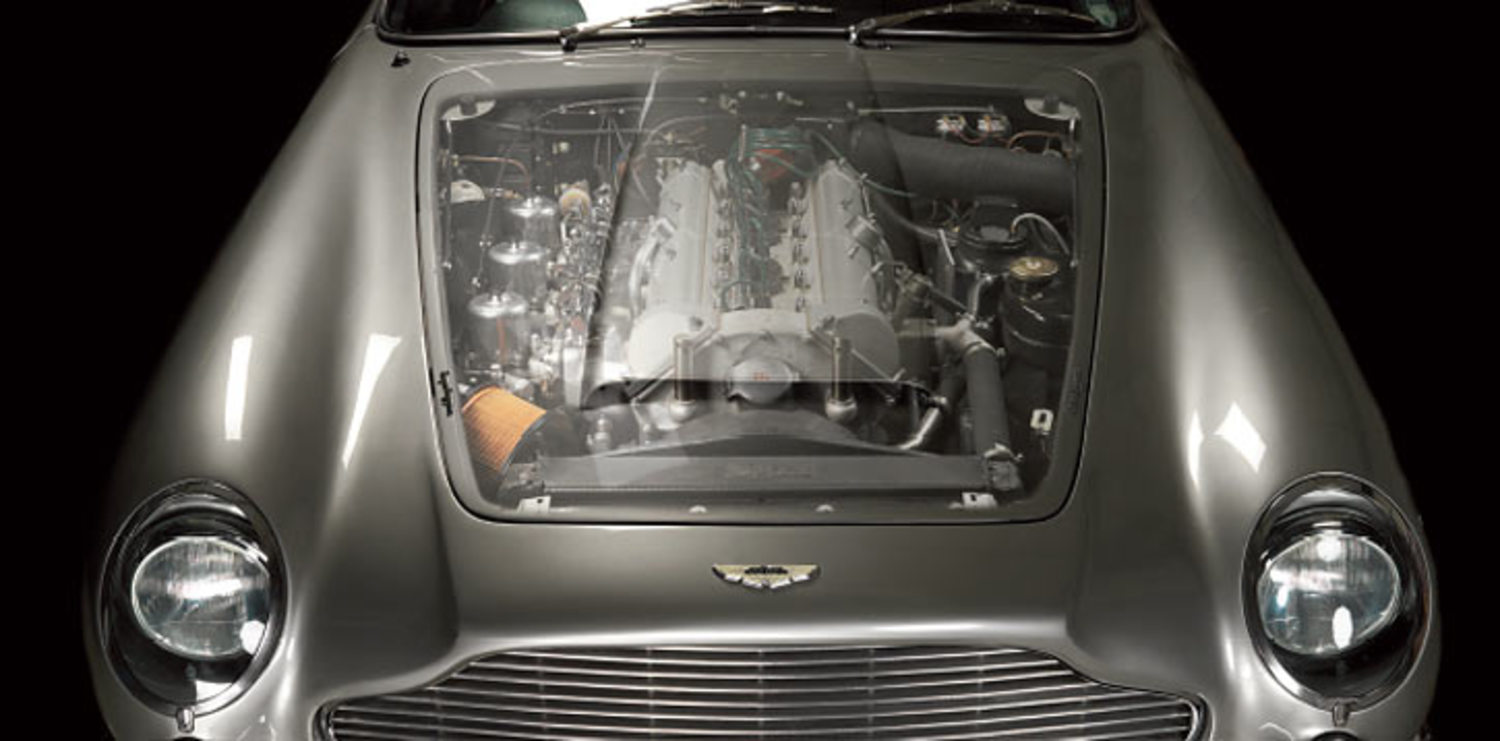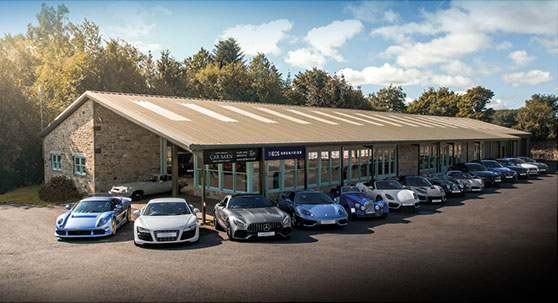
It is possible to safely increase engine size by fitting the enlarged liners of a 4.2 litre engine and by fitting a crankshaft with a slightly larger stroke to give 4.7 litres. Fitted with the fast road camshafts and with the triple Weber DCOe9 carburettors, the resulting increase in engine torque is of the order of 35 to 40% and a reliable power output to better than 340 to 350 bhp. Any engine fitted to this specification will be very noticeably livelier, particularly mid range torque and the ability to pull a very high ratio final drive will be significantly enhanced. Commensurate requirements for a 4.7 litre engine are:
- A new cylinder block with stiffer main bearing webs and main bearing housings which are additionally cross bolted to add to the structural stiffness of the cylinder block
- A new increased stroke crankshaft 4.2 litre sized cylinder liners
- New forged Cosworth pistons
- Fast Road Cams
- Reworked cylinder head to cater for the increase in engine bore size
- A twin plate racing clutch to absorb the increase in engine torque
Aspects of engine development also include gas flowing and blue printing of the cylinder head and block assemblies. Each project really needs to be discussed in detail before a final specification can be finalised.
The GT Engine
A further development is to fit the GT Cylinder head. This differs from the standard by having twin spark plugs for each cylinder. Originally this cylinder head was developed for the DB4 GT. Around 120 DB4 GTs were manufactured during 1960 and 1961. The GT engine provides a further small but significant increase in power, particularly at 4,500 rpm and above. This GT cylinder head can be offered on any of the fast road or ultimate engine specifications.
Some significant modifications are required to the engine bulkhead and heater assembly, to provide adequate clearance for the second distributor. The cylinder head comes with some significant improvement in inlet and exhaust porting over the standard head, which further aids the breathing.



